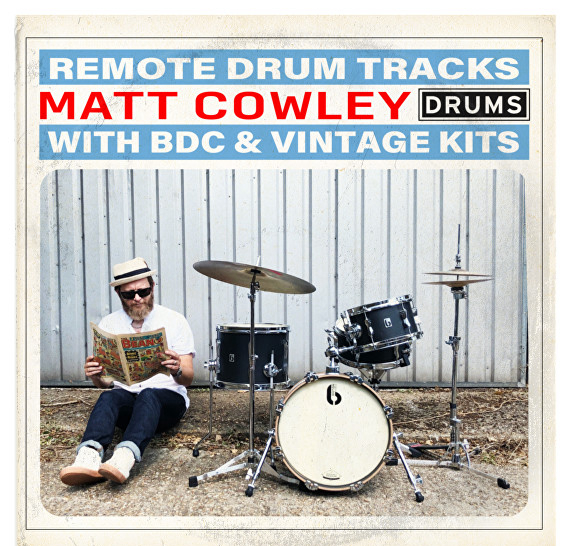
Like the toms, slowly bring up the hi-hat track until it’s audible, then move the pan pot until you match its position in the overheads. Then do the same with the remaining toms. With the OH’s set hard left and right and at unity gain, slowly bring up the floor tom track in level to something reasonable and match its pan position with the position in the overheads. If you have a stereo OH’s track, then pan it fully wide and do the same assessment. Additionally, listen to the position of the hi-hat for a further clue as they are at opposite ends of the drum kit. If it’s louder in the OH R track then it’s drummers perspective.

If the floor tom is louder in the OH L track then it’s audience perspective. Pan the “OH L” track all the way left and the “OH R” track all the way right and listen to a section where the toms are being played.

If the track naming doesn’t look like the method mentioned above, with only OH L and OH R, or, a stereo overheads track, then you’ll have to use your ears. Read the Wiki link to learn more.ĭetermine which perspective the drums were recorded in. Which, basically, is there to ensure that the volume level remains constant regardless of where the pan pot is placed. In early consoles these were three-position switches where you could only choose left, centre or right and this principle is still maintained today by many mix engineers and it’s called LCR panning. It splits the audio signal into left and right channels and when you turn it left, the pot turns up the volume of the left speaker and turns down the volume of the right speaker at the same time. The “pan pot” (short for panoramic potentiometer) is just a volume control. So what happens when you turn the pan pot? Unless the drummer was left-handed of course! Mind blown… This should ensure your drums end up being mixed in drummers perspective. To be sure this desire doesn’t get lost when you send your song out to be mixed, name the tracks like so:

When you go into the studio to record your track, think about this and talk to your tracking engineer about it. If you listen to two tracks back to back, that has drums mixed in each perspective, is there one that just doesn’t sound right to you? Where do you want the drums to be placed in the mix? As the producer or drummer, do you have a strong feeling about this? There are a couple of ways to picture drums when panning:
#RECORDING DRUMS IN T RACKS HOW TO#
Today, I want to talk about how to pan drums to get them to sound wide, full and natural in a mix. Me, I’m more of a drums and bass kinda girl, followed by the guitars and then the vocal, I tend to hear the rhythm in music first and the lyrics only sink in after several listens. When listening to music some people are led by the lyrics and connect to the song that way. I love the sound of a great drummer, playing a great kit in a great room because, to me, it’s what makes a track more exciting and energetic, more so than heavy distorted guitars, although they come a close second.īut then again, I know I’m a rhythm person. Mixing drums is my most favourite thing to do whilst mixing rock and indie music.


 0 kommentar(er)
0 kommentar(er)
